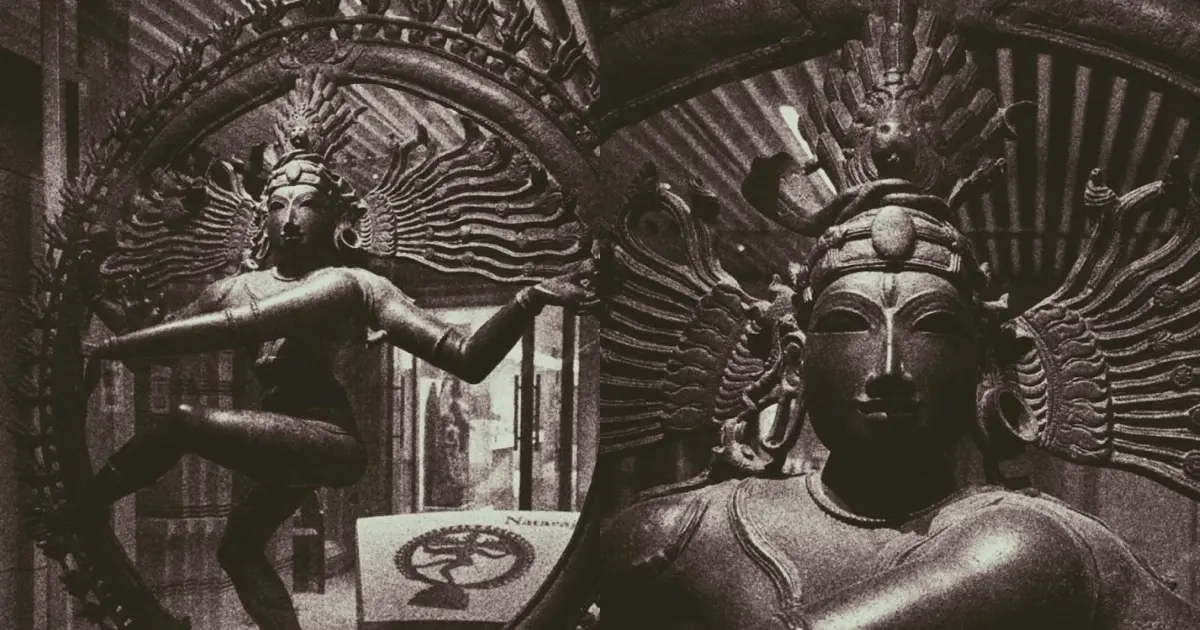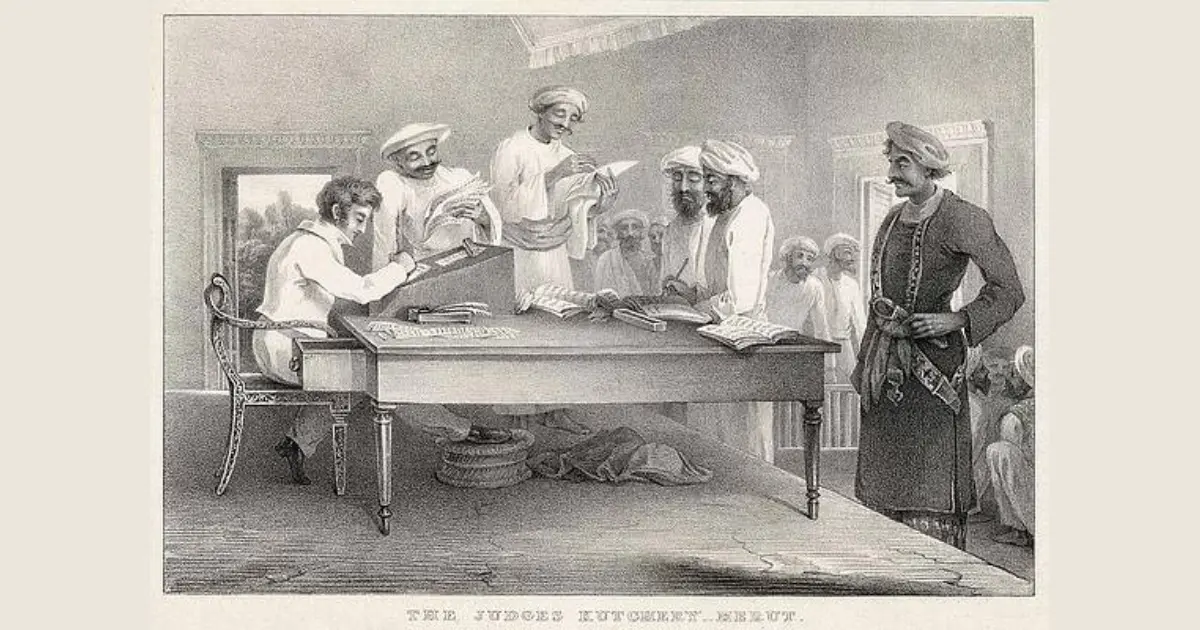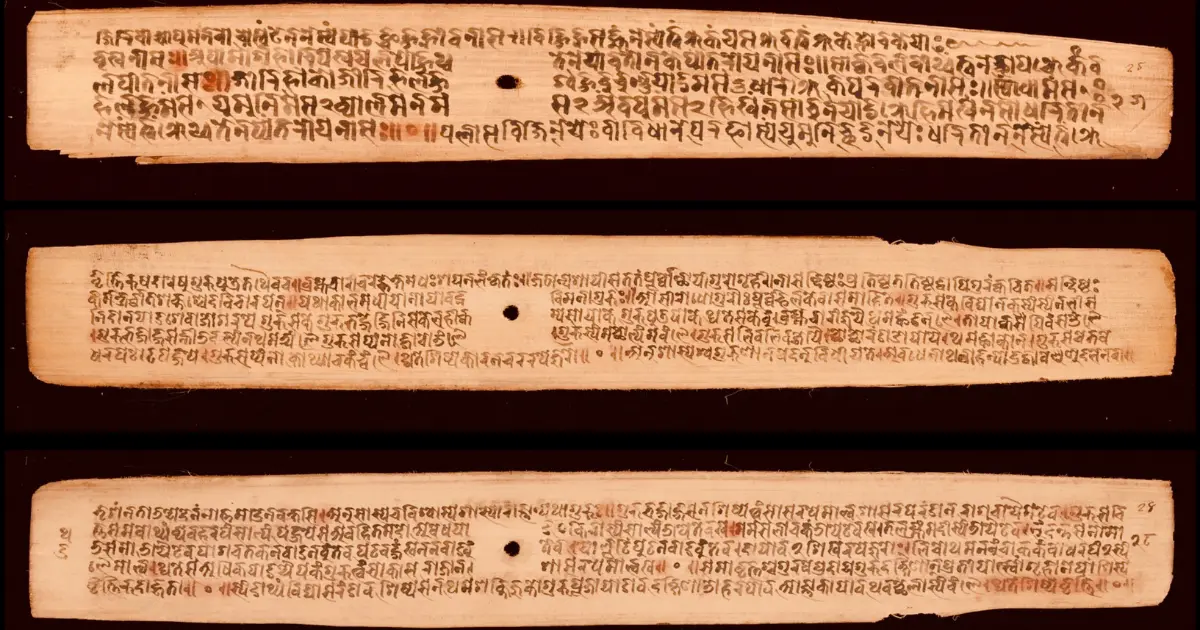“When our Lord who is both end and beginning
dances to the deep sound of the mulavam drum,
holding blazing fire in the hollow of his hand,
as the mountain's daughter watches,
the Gaṅgā’s murmuring stream with foaming waves
flows over the cool crescent moon.
He who smears his body
with ash from the burning-ground
is our Lord who dwells
in Vēṭkaḷam's fine town.”
Jñāṉacampantar, translated by Indra Viswanathan Peterson
In the resplendent poetry of the Nāyaṉmār, Śiva is eulogised and praised in his nṛityamūrti, as Naṭarāja, the Lord of Dance, who resides at Tillai (Chidambaram). The Śaivāgamas mention that all one hundred and eight of the different types of dance listed by Bharata in Nāṭya-śāstra are performed by Śiva. Śiva is not only fond of music and dance but in this form, is the embodiment of dance, personifying his epithets of Nṛityapriya, Nityanṛitya, Nartana and Sarvasādhaka from the Śatārudriya. It is said that Śiva does not dance in the day but rather, at twilight, the darkness pierced only by his own effulgence and the light emanating from the moon on his head, the licks of the flame in his hand, and the gems on the heads of the cobras that adorn his body. In Tamil Śaiva literature, the Tēvāram saints provide a rich imagery of Śiva’s tāṇḍava at Tillai, building Śiva’s persona and describing his dances that occur in various settings — celebrating victory over asuras — in the burning ground, or for a private audience composed solely of Pārvati as Śivakāmi. Poets and saints beseech Śiva as Naṭarāja to dance in their hearts: “O please dance on jewelled shoes in my heart and hurt not your feet on the rocky slopes of the Himālayas”. (Ādiśaṅkara in Śivānandalahari)
“If you could see
the arch of his brow,
the budding smile on lips red as the kovvai fruit,
cool matted hair,
the milk-white ash on coral skin,
and the sweet golden foot
raised up in dance,
then even human birth on this wide earth
would become a thing worth having.”
Appar, translated by Indra Viswanathan Peterson
Description of the Icon
The Aṁśumadbhēdāgama describes the iconography of the Naṭarāja image, or the Ānandatāṇḍavamūrti as follows: the front left hand held in the daṇḍahasta or gajahasta mudra, the back left hand carrying agni in a small dish, generally with three tongues of flames; the front right hand held in the abhayamudra, and the back right hand holds a ḍamaru (drum). The right leg is slightly bent and is trampling the Apasmārapuruṣa — the demon Muyalakaṇ (in Tamil) represented by a dwarf holding a cobra with a raised hood, signifying ignorance —while the left leg is raised and flexed at the knee with the foot pointing outward (bhujaṅgatrāsita-karaṇa). Śiva’s matted hair is in a jaṭāmukuṭa, adorned with dhurdhura and arka flowers, a serpent, ornaments, a human skull and the crescent moon. From the jaṭāmukuṭa, on either side, radiate a number of jaṭās, interspersed among which is a diminutive figure of the Goddess Gaṅga, her hands clasped in an añjalīmudra — alluding to the story of Śiva agreeing to bear the force of the descent of the Gaṅga from the heavens after the penance by Sage Bhagīratha. In his right ear, he wears the earring typical of a man and in his left, that of a woman, the “leaf” earring patrakuṇḍala — perpetually embodying, in the left half of his body, the female principle Śakti. The body of Śiva is encircled by a yajñōpavīta, and is adorned by anklets, bracelets, armlets and rings. His lower body is clothed in a short garment, made of tiger’s skin, more evident in Thanjavur paintings of Naṭarāja than in the bronzes.
The Śilparatna prescribes that this figure of Naṭarāja should be surrounded by a prabhāmaṇḍala called tiruvāci in Tamil, fringed with flames adeptly sculpted by artisans. The back of his head bears a śiraśchakra or a head-wheel. His face, ever-punctuated by his third eye, remains calm and serene, his lips curved in a slight smile, even in the midst of performing his fierce dance of bliss. One can picture the lithe Śiva dancing elegantly in the hoop of fire, creating and undoing the cosmos with his movement, his matted locks of hair flowing wildly as he crushes the demon of ignorance with his right foot while he simultaneously raises the other in a gesture of bestowing grace and an offer of liberation upon his most ardent devotees. Naṭarāja’s uddhṛta (lifted) left foot that is capable of bestowing mokṣa, the foot that overcame the God of Death, Yama, is referred to as his kuñcita-pāda, which rouses a state of rapture in the mind of his devotees. Interestingly, this typical construction of the Naṭarāja icon is surmised to have originally been conceived to be rendered in the lost-wax bronze technique — and quite unsuccessfully translated later on to stone — in fact, the raised leg, the suspended arms, Śiva’s flowing tresses and billowing clothing rely on the tensile strength of the alloy to withstand wear. It is therefore interesting to note this difference: the iconography of this particular image was an exceedingly deliberate conception, planned, executed and evolved in a very different manner than that of other forms and representations, which generally began in sculpture and eventually were adapted to the medium of metallic alloys later on when the techniques gained patronage and popularity.
Pañcakṛitya Symbolism: Hermeneutics of the Icon
The now ubiquitous Naṭarāja icon was developed by artisans during the Cōḷa period, under the generous patronage of the Cōḷa kings who were great connoisseurs of art and considered Śiva Naṭarāja to be their tutelary deity, with Rājarāja even making him the central processional deity at the great temple he commissioned in Thanjavur.
By the end of the tenth century, Naṭarāja was consolidated as the emblem of the Cōḷa dynasty. The image of Śiva suspended in this particular pose is still, yet captures the vibrant dynamism of the cosmic Nādānta dance, amidst his performance in the citsabha, the Hall of Consciousness at Tillai, or Chidambaram. Ananda K. Coomaraswamy in his essay Dance of Shiva interprets the central motif of the Naṭarāja image as being representative of cosmic activity, denoting the pañcakṛitya (sṛṣṭi — creation/emission, sthiti —preservation, saṃhāra — destruction/reabsorption, tirodhāna — veiling, and anugraha — grace) or five-fold activities rooted in the philosophy of Śaiva siddhānta. He quotes a verse from the Uṇmai Viḷakkam, to explain the inherent symbolism of the elements of his iconography: “Creation arises from the drum: protection proceeds from the hand of hope: from fire proceeds destruction: the foot held aloft gives release.. Those who behold this mystic dance never see rebirths”. Coomaraswamy underscores the true grandeur and genius of this image, which is a synthesis of art, aesthetic theory, religion. The Naṭarāja icon, in its essence, truly is a personification of a multi-dimensional philosophical abstraction, being symbolic of a blend of Śiva’s primeval identity as the creator and destroyer of the cosmos, and as a devotional and processional image with embedded layers of theology.
The pañcakṛitya symbolism of Naṭarāja that has the widest consensus among scholars is found in the in the eleventh–twelfth century Tamil text Tirumantiram:
Hara’s (Śiva’s) drum is Creation;
Hara’s hand gesturing protection is Preservation;
Hara’s ire is Dissolution;
Hara’s foot planted down is Obfuscation (tirobhāva);
Hara’s foot raised in dance is Grace (anugraha) abiding.
Śiva performing this nātya is the source of all life within the cosmos, the rhythm serving to sustain the cosmos. The image is seen as a mirror of this transcendental phenomenon. Davis interprets the alternating sṛṣṭimārga and samhāramārga as “notions of emission and reabsorption” that “embody an ontological principle at the same time as they describe a cosmological process”, through which Śiva “acts as the ultimate instrumental cause (nimitta) — though not as material cause (upādāna)—of all cosmic movement.”
The Aspect of Time
Śiva is known as Kālāntaka, the conqueror of time, and his manifestation as Naṭarāja and the characteristic posture of the left foot seems to imply his victory over death/time. C. Sivaramamurti in Nataraja in Art, Thought, and Literature cites Nīlakaṇṭha Dīkṣita’s seventeenth century work Ānandasāgarastava where the defeat of Yamā, the God of Death, by Śiva, one who “slays Time with his lotus foot”, is attributed to the ever-present Goddess in the left half of his body. Further, scholar and art historian Kapila Vatsyayan remarked that the Naṭarāja image was birthed in accordance with the imagery contained in the Upaniṣadic texts, of “navel”, “centre”, “spokes” and “wheel” and concluded that “(t)he image of man is set against this circle with radiating spokes. Figures of Śiva dancing are unique in that the basic grid of circle, center, and spokes remains constant; the navel coordinates with the center (…) Naṭarāja’s dynamic presence draws together myth and movement, set against an underlying geometric motif, only to suggest timelessness, spacelessness, the pararūpa (highest form)”.
Heinrich Zimmer also visualises the Naṭarāja icon as embodying the aspect of time and timelessness.
“Time itself is absorbed and carried by the movement of the image of Śiva Naṭarāja. His figure dances the flux of time and all it carries, produces, changes and devours. These images are far from showing one phase of the dance or one moment only of time. Dance in them is a state and suggests the totality of the flux of time (…).”
Interpretations of the typical Naṭarāja icon and its innumerable variations are complex, with the iconography reflecting lofty philosophical concepts that are not always immediately evident to the devotee, especially if the image is placed in a ritual setting while richly adorned with jewelry, silk garments and flowers. The iconology, while seemingly rooted in the āgamas, the Śaiva literary corpus, and various purāṇas, has been an evolving conception for scholars and devotees alike. In its amalgamation of the concept of time with Śiva, purāṇic references, and its painting of the picture of the dance of Śiva through the imagination, it expresses its more exalted and profound cosmic metaphysics, rooted in Śaiva thought and bhakti bhāva (thought). The icon conveys imagery of a far greater significance than superficially implied, revealing itself, and indirectly, the supremacy and majesty of Śiva to the beholder as each of its aspects and details is analyzed and beheld with care. In this lies the magic of the Naṭarāja symbol, and the reason for its global popularity as a valuable icon and artistic and historical artefact of multi-fold significance.







